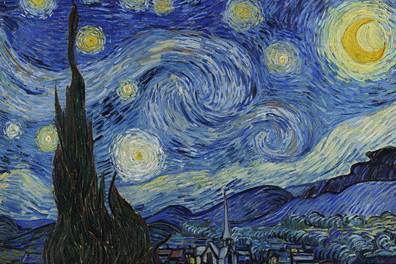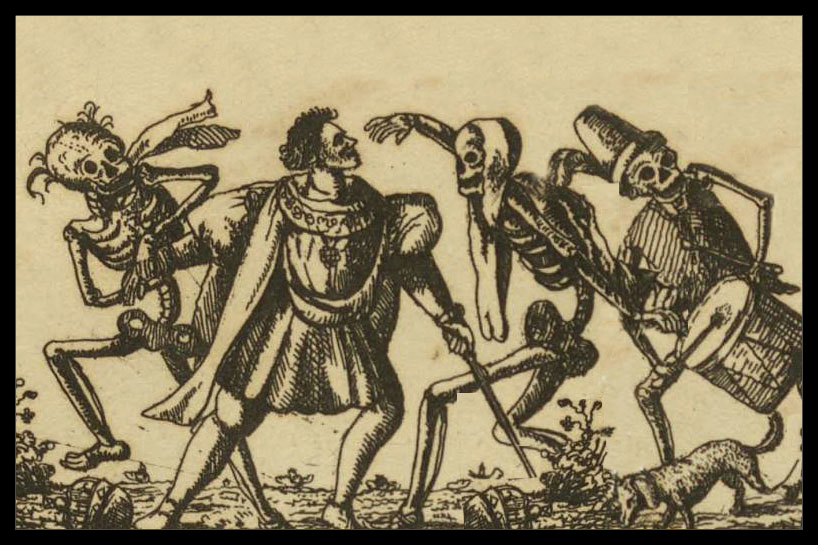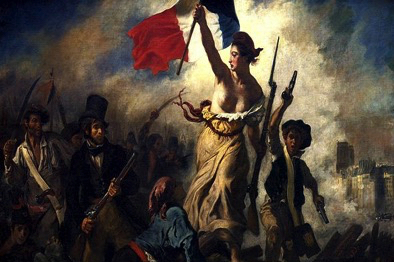It Is Your Choice; Choose Wisely
|
Over fifty years ago, I attended Mt. Lebanon High School, which is located in the South Hills of Pittsburgh, PA. It was the wealthiest community in Western Pennsylvania. As for the school system, it was the 19th best school in the nation. That dual combination did not bode well for me. My family was not wealthy, and we had moved from an average school system where I was above average to Mt. Lebanon. That had a profound negative effect upon me. I felt both poor and dumb. I do not recall many classes at Mt. Lebanon High School. I was an average student, which I did not feel was socially acceptable at that school or community. I made it worse for myself by dating the class valedictorian in my senior year. In that year, I had Mrs. Davis for English. She was from the old school, which meant her ways were commonplace a century prior to her teaching at Mt. Lebanon. There I was sitting in an English class, about which I have no memory except for having to memorize several hundred lines of poetry or prose during the year. I hated that requirement and thought it was a waste of time. One of the prose passages that I chose to memorize was the first paragraph of Charles Dickens' A Tale of Two Cities. 
The first page of Dickens' novel
My time at Mt. Lebanon High School was in many ways the worst of times for me. I hated having to memorize words written by someone who I didn't know or about whom I even cared. It was the worst of times. Having said that, the requirement of memorizing prose and poetry created for me the best of times after graduating from high school. Trust me. There is not a day that goes by without me using several of the lines memorized over a half century ago while teaching, writing, or talking with friends. In addition, there is another component to this memorization issue, which is how dancing with death transformed my Weltanschauung or worldview. I am far more motivated than I was back in the 60s during the civil rights movement. Therefore, this essay is the morphing of memorization and doing the dance. Charles Dickens wrote A Tales of Two Cities in 1859. In fact, it is not merely a novel about the dichotomy between the two cities of London and Paris. It is actually a novel about dichotomies between all the characters in the story. Additionally, it is a novel also about dichotomies within each of the characters. In reality, it is a story of bi-polarity during the best of times and the worst of times. Furthermore, Dickens used several sets of opposite terms in his writings like light/darkness, rebirth/death, and spring of hope/winter of despair in order to flesh out the dichotomy issue. 
Dickens' view of Lucie was life and light while Madame Defarge was death and darkness, which is his literary style to reinforce that tension between the good and bad.
Another bi-polarity was between two men: Charles Darnay and Sydney Carton. Lucie and Charles were married and Sydney was a defense attorney who got Darnay freed from the Bastille.
Additionally, the Bastille possessed that same dichotomy of good and evil. The building itself was both a place of death and a place of rebirth. 
The Storming of the Bastille promised both hope and despair. Dickens concluded as he began A Tale of Two Cities that "the period was so far like the present period" nearly a century later. Interestingly, "the period was so far like the present period" of our own time as we attempt to decide who will be the candidates for our presidential election in less than nine months from now. I wished that Sen. Elizabeth Warren was running as a Democratic candidate. It would be best for America and also for this article of mine. It would pose an obvious comparison between her and any of the Republican wannabes. Or to use Dickens' terminology: light/darkness, rebirth/death, and spring of hope/winter of despair. The Republicans are offering two candidates, Trump and Cruz as Tweedledum and Tweedledee. The other dozen or so are single digit wannabes who diss the major Tweedledum and Tweedledee: Trump and Cruz. 
It is one thing to have candidates acting like Tweedledum and Tweedledee, but there are others following them. It is the best of times and the worst of times very much like in the days around the time of the French Revolution with Madame Defarge, Sydney Carton, Marquis St. Evrémonde, and Monseigneur the Marquis. I am able to apply the names of some of the Republican candidates to names used by Dickens in his novel. Try to link Dickens list to the Republican candidates and email them to me at campbell@wolverton-mountain.com. We can compare lists. However, beyond what I have already written, Dickens used the dichotomy of differences within the same person. This is even more critically important. For example, Sydney Carton actually danced with death. He looked back upon his life and realized he had not become the person he wished to be. For all intents and purposes, he dies while physically still walking around. Interestingly, due to his doing the dance, he saw the light. He went to the Bastille and got access to Charles Darnay, who is being held until he faced the guillotine. Because of the similarities between the two men, he switched places with Darnay, which allowed Darnay to go free while he remained in the cell. Even though Carton considered himself a failure in the last few hours of life, he redeemed his wasted life. You must understand this. It was transformative. Interestingly, Dickens' first title for his novel was Recalled to Life. Carton was recalled to life by actually dying for Darnay. Additionally, moments before he was hauled to the guillotine, he met a woman who was also about to die. Carton comforted her as she was about to be executed. Talk about being recalled to life! It is not surprising that A Tale of Two Cities is the world bestselling novel of all times. Saul Alinsky wrote, "We must believe that it is the darkest before the dawn of a beautiful new world. We will see it when we believe it." I agree with Alinsky even though seeing any redemptive possibilities among the Republican candidates seems remote. Nonetheless, one of them will read A Tale of Two Cities, and, in doing so, one may see the light and change their thinking. Here is a video of A Tale of Two Cities
Visit the On Seeing the Light page to read more about this topic.
Visit the Connecting the Dots page to read more about this topic.
Visit the Darkest Before Dawn page to read more about this topic.
Visit the The Last Lecture page to read more about this topic.
Visit the Dancing with Death page to read more about this topic.
Visit the Man in the Arena page to read more about this topic.
Visit The Mentors and Me page to read more about this topic.
Visit the Best and Worst of Times page to read more about this topic. 02/19/16 Follow @mountain_and_me |


















